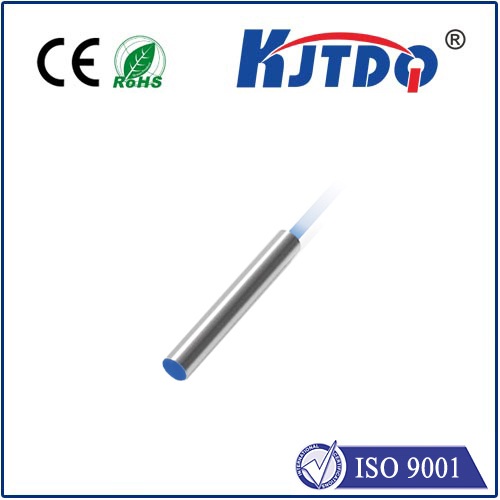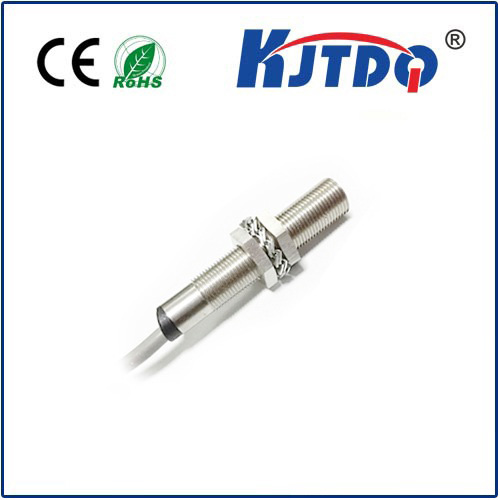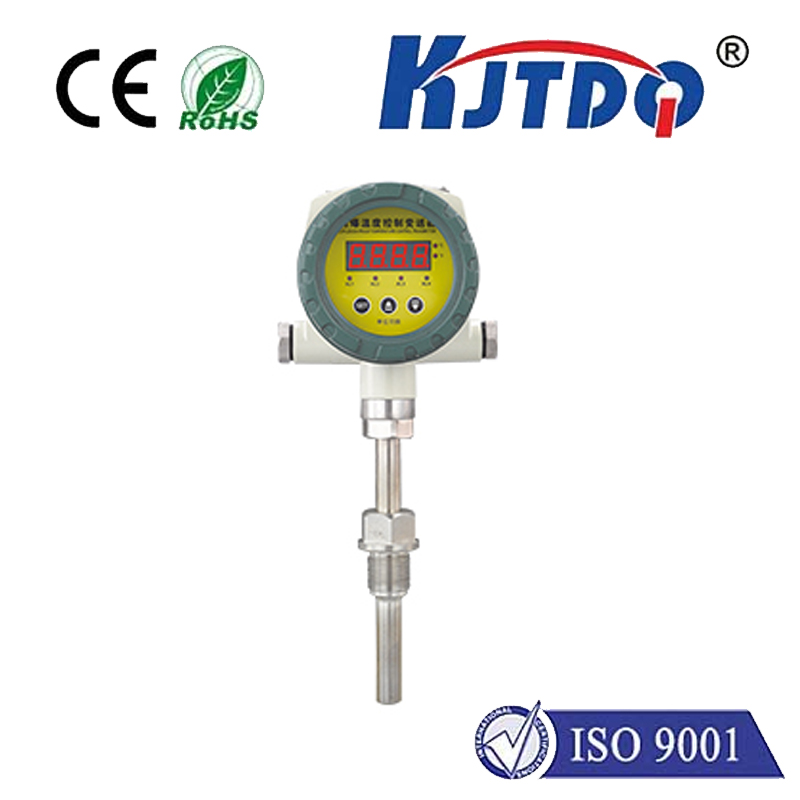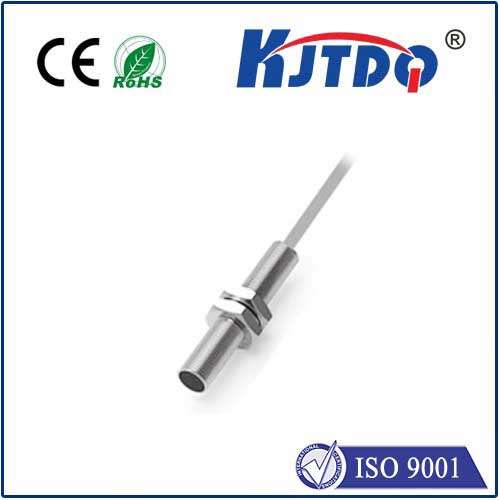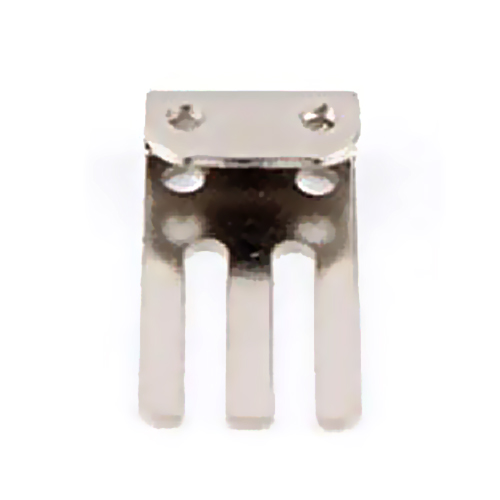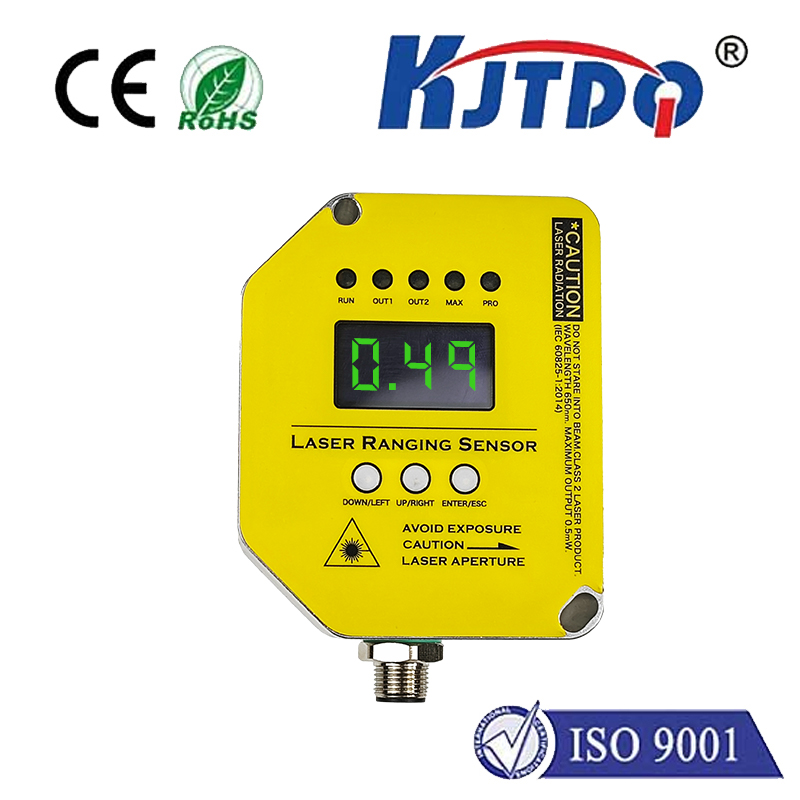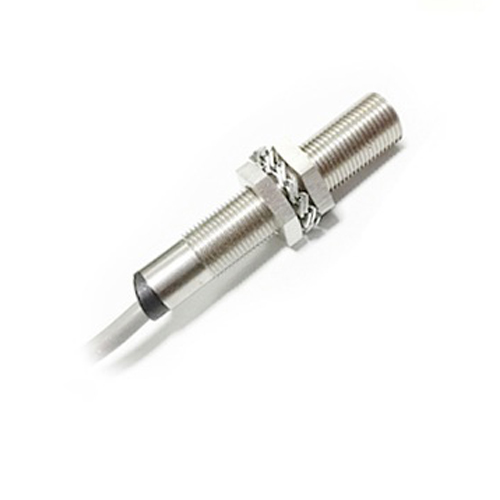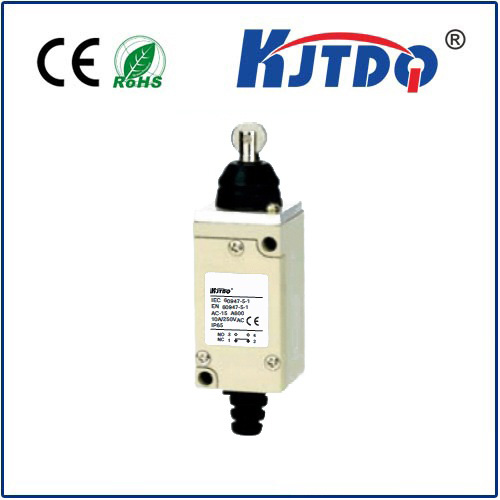fiber optic flex sensor
- time:2025-08-14 13:54:36
- Click:0
Fiber Optic Flex Sensors: Capturing Movement with Light
Introduction:
Imagine a sensor so sensitive it can detect the subtle curve of a finger joint or the structural strain of a massive bridge beam. One immune to electrical interference, safe to use in explosive atmospheres, and slim enough to integrate into delicate fabrics or complex machinery. This isn’t science fiction; it’s the remarkable capability of the fiber optic flex sensor. Moving beyond the limitations of traditional sensing technologies, these innovative devices are transforming how we measure bend, curvature, and shape across countless industries.
Understanding the Core: Light as the Messenger
At its heart, a fiber optic flex sensor operates on a beautifully simple principle: bending an optical fiber changes how light travels within it. This fundamental interaction becomes the basis for precise measurement. Unlike electrical sensors that rely on varying resistance or capacitance, these sensors exploit the properties of light propagation.
There are several key ways bending physically alters the light signal:
- Macrobend Attenuation: When a standard optical fiber is bent beyond its critical radius, light rays striking the bent portion’s outer edge escape, causing measurable light loss. The sharper the bend, the greater the attenuation.
- Microbend Effects: Applying periodic, small deformations along the fiber length scatters light out of the core. Measuring the intensity loss provides an indication of the bending force or displacement.
- Fiber Bragg Grating (FBG) Technology: This advanced approach involves inscribing a periodic refractive index pattern directly into the fiber core. When bent, the grating’s period subtly changes, shifting the specific wavelength of light it reflects. Measuring this precise wavelength shift reveals the magnitude of the bend at that specific FBG location.
- Distributed Sensing: Techniques like Optical Frequency Domain Reflectometry (OFDR) or Optical Time Domain Reflectometry (OTDR) allow measurements along the entire length of a single fiber, pinpointing where bending occurs and quantifying its extent, effectively creating a continuous sensor array.
Why Choose Fiber Optic Flex Sensing? Unique Advantages

The inherent properties of optical fibers bestow significant advantages that make fiber optic flex sensors superior choices in many demanding scenarios:
- Immunity to Electromagnetic Interference (EMI): Since they transmit data via light rather than electrical currents, these sensors perform flawlessly near powerful motors, generators, high-voltage lines, or equipment causing strong electromagnetic noise, where traditional sensors fail.
- Intrinsic Safety: Generating no electrical sparks and often requiring minimal electrical power (only at the interrogator unit), fiber sensors are ideal for hazardous environments like oil and gas refineries, mines, chemical plants, or aerospace fuel systems where explosion risks exist.
- Miniature Size and Flexibility: Optical fibers are inherently thin and flexible. This allows integration into tight spaces, embedding within composite materials, threading through machinery, or weaving into textiles for wearable applications without adding significant bulk or stiffness.
- High Sensitivity and Resolution: Especially FBG-based sensors offer exceptional precision, capable of detecting minute degrees of bending or strain changes, essential for applications demanding high fidelity.
- Multiplexing Capability: Multiple FBG sensors can be inscribed along a single fiber at different locations, each reflecting a unique wavelength. This allows a single optical cable and interrogator unit to monitor bending at numerous discrete points simultaneously, greatly simplifying complex systems.
- Corrosion and Chemical Resistance: Glass optical fibers are inherently resistant to corrosion and many harsh chemicals, ensuring long-term reliability where metal components would degrade.
- Remote Sensing: Optical signals can travel kilometers with minimal loss, enabling remote monitoring capabilities where the sensitive sensing element is far from the interrogation equipment.
Diverse Applications: Where Light Bends Reality
The unique blend of advantages positions fiber optic flex sensors as critical components across a broad spectrum:
- Structural Health Monitoring (SHM): Continuously monitoring bending and deformation in bridges, buildings, dams, wind turbine blades, pipelines, and aircraft wings. Real-time strain data helps detect fatigue, overloading, or damage long before catastrophic failure. Distributed sensing is particularly powerful here.
- Medical Robotics and Minimally Invasive Surgery: Providing precise force and position feedback in robotic surgical instruments, flexible endoscopes, and catheters. Their small size, EMI immunity (near MRI machines), and biocompatibility make them ideal for navigating the human body and guiding delicate procedures.
- Industrial Automation and Robotics: Monitoring the movement, position, and applied force of robotic arms, grippers, and joints. Used in quality control to measure part deflection during manufacturing processes.
- Aerospace: Embedding in composite wings, fuselages, and control surfaces to monitor structural integrity, aerodynamic loading, and shape deformation during flight. Essential feedback for active wing shaping and fatigue management.
- Wearable Technology and Biomechanics: Integrating into smart textiles, exoskeletons, prosthetics, and sports gear to track joint angles, posture, gait analysis, and gesture recognition with high comfort and minimal obtrusiveness.
- Energy Sector: Monitoring the curvature and integrity of umbilicals and flexible risers in offshore oil and gas production. Measuring deflection in pipelines and subsea structures.
- Virtual Reality (VR) and Motion Capture: Providing accurate, drift-free tracking of finger, hand, or body movements for immersive VR experiences and advanced animation.
Considerations and Future Outlook
While powerful, implementing fiber optic flex sensors requires specialized equipment (interrogators/readers) to launch light and measure the returning signal characteristics. Costs can be higher than basic resistive sensors initially, though total cost of ownership often favors fiber optics due to durability, reduced wiring complexity (multiplexing), and lower maintenance. Expertise in optical fiber handling and termination is also beneficial.
Ongoing research focuses on enhancing sensitivity, reducing the size and cost of interrogation systems, developing robust coatings for extreme environments, and advancing distributed sensing resolutions and speeds. Integration with AI for predictive diagnostics based on bending patterns is a rapidly growing field.
Conclusion (Omitted per Request)
Conclusion (Omitted per Request)
The journey of capturing physical movement through the modulation of light exemplifies the elegance of modern sensing technology. The fiber optic flex sensor, leveraging the fundamental interaction between bend and light propagation within an optical fiber, offers a unique set of capabilities unmatched by traditional methods. Its immunity to electromagnetic interference, intrinsic safety, miniaturized form factor, high sensitivity, and multiplexing potential unlock applications from ensuring the safety of critical infrastructure to enabling the precision of robotic surgery and the immersion of virtual worlds. As technology continues to evolve, making systems more compact, affordable, and intelligent, the reach and impact of these versatile sensors are poised to expand dramatically. From deep within the Earth to the farthest reaches of space, where mechanical movement needs precise, reliable, and safe monitoring, the fiber optic flex sensor shines as a premier solution, transforming physical deformation into actionable light-based intelligence.












